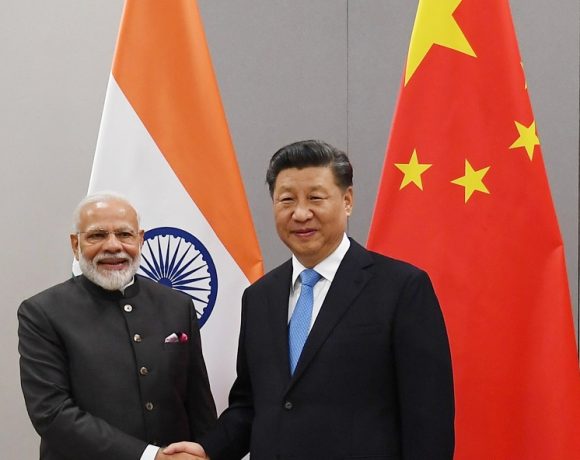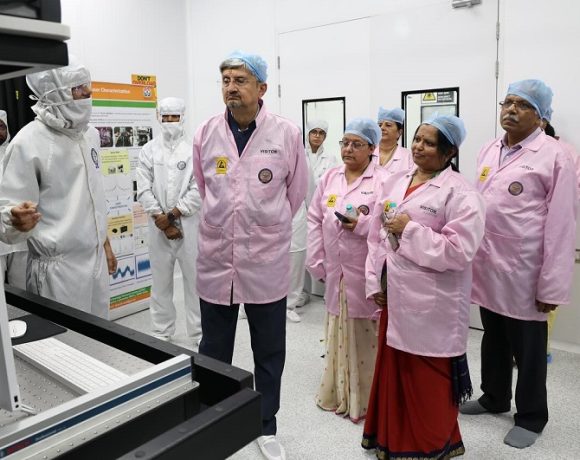
Indian Army Enhances Artillery with Advanced Weapon Systems Along China Border
The Indian Army is set to significantly upgrade its artillery units along the northern border with China by acquiring new weapon systems, including an additional batch of 100 K9 Vajra howitzers, swarm drones, loitering munitions, and advanced surveillance systems. The move is aimed at strengthening the combat capabilities of its artillery units amid rising national security challenges.
Lieutenant General Adosh Kumar, Director General of Artillery in the Indian Army, revealed that multiple futuristic platforms and equipment are being procured to bolster the capabilities of the artillery units. “Today, we are modernizing at a pace like never before and as per defined timelines,” he stated during a media briefing ahead of the 198th anniversary of the Artillery Regiment on September 28.
Among the new acquisitions are 155 mm gun systems, such as the K9 Vajra, Dhanush, and Sharang, which have already been deployed along the Northern borders to enhance the Army’s firepower. The Army currently has 100 K9 Vajra gun systems in service and is in the process of procuring an additional 100 units. “The Acceptance of Necessity (initial tender) for a repeat order of 100 guns has been granted, and the procurement process is ongoing,” Lieutenant General Kumar said.
Originally procured for deployment in desert terrains, the K9 Vajra howitzers have now been positioned in the high-altitude region following the standoff in eastern Ladakh. “The K9 Vajra gun system is ideal for mechanized operations, especially in challenging terrains,” he noted.
The Army is also working on inducting other 155 mm gun systems, including the Advanced Towed Artillery Gun System (ATAGS), Mounted Gun System (MGS), and Towed Gun System (TGS). Developed by the Defence Research and Development Organisation (DRDO) in collaboration with private partners, the ATAGS is fully indigenous. The contracts for these systems are expected to be finalized soon, and trials for the MGS and TGS are slated to begin in 2025.
The artillery units are also set to benefit from an upgrade in rocket systems, with a focus on increasing the range of the Pinaka rocket system to 300 kilometers. Currently, the Pinaka Mark-I has a maximum range of 40 kilometers, while the Pinaka Mark-II can cover up to 90 kilometers. “The Pinaka system has been a success story of the ‘Atmanirbharta’ (self-reliance) initiative and has added significant punch and lethality to the artillery’s arsenal,” Kumar highlighted.
In addition to new weapon systems, the Army is also focusing on enhancing its surveillance and target acquisition capabilities. The modernization includes inducting more swarm drones, loitering munitions, and remotely piloted aircraft (RPAs). The Army is collaborating with private and public sector industries, as well as academic institutions, to develop Sensor Fuzed Munition (SFM) and extended-range ammunition to enhance accuracy and lethality.
“Our missile program is progressing well, with ongoing research and development by the DRDO to improve the range, accuracy, and lethality of both ballistic and cruise missiles,” he said. The Army is also prioritizing the development of a robust intelligence, surveillance, and reconnaissance (ISR) network to enhance battlefield transparency and optimize sensor-to-shooter linkages, known as ‘Kill Chains,’ to increase operational effectiveness.
As India continues to focus on modernizing its defense capabilities, these new acquisitions and developments will play a crucial role in bolstering the country’s strategic position along its borders.

















